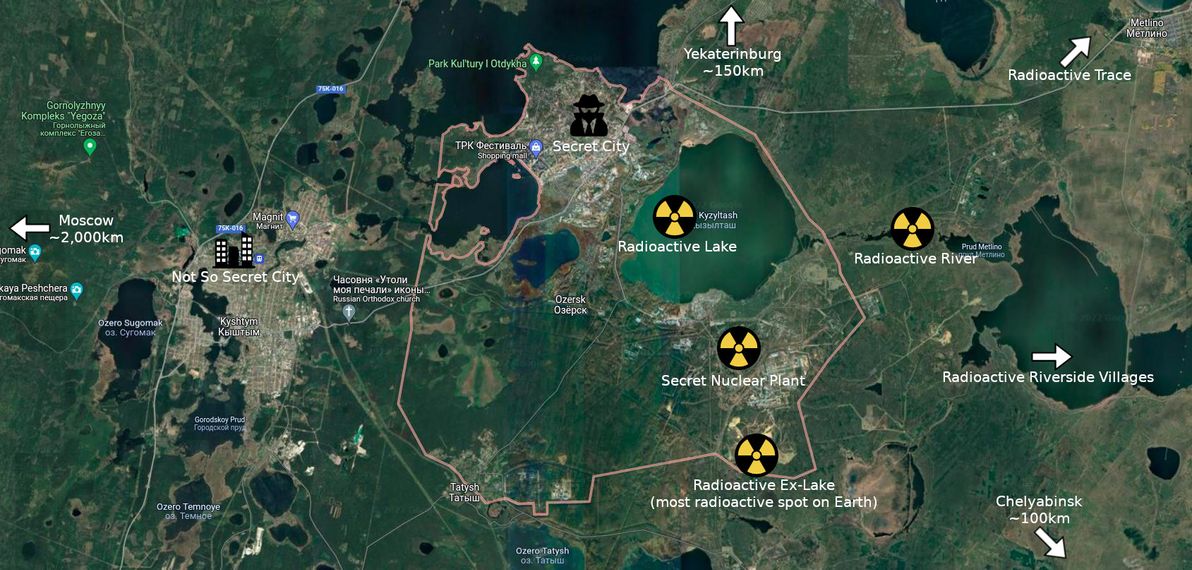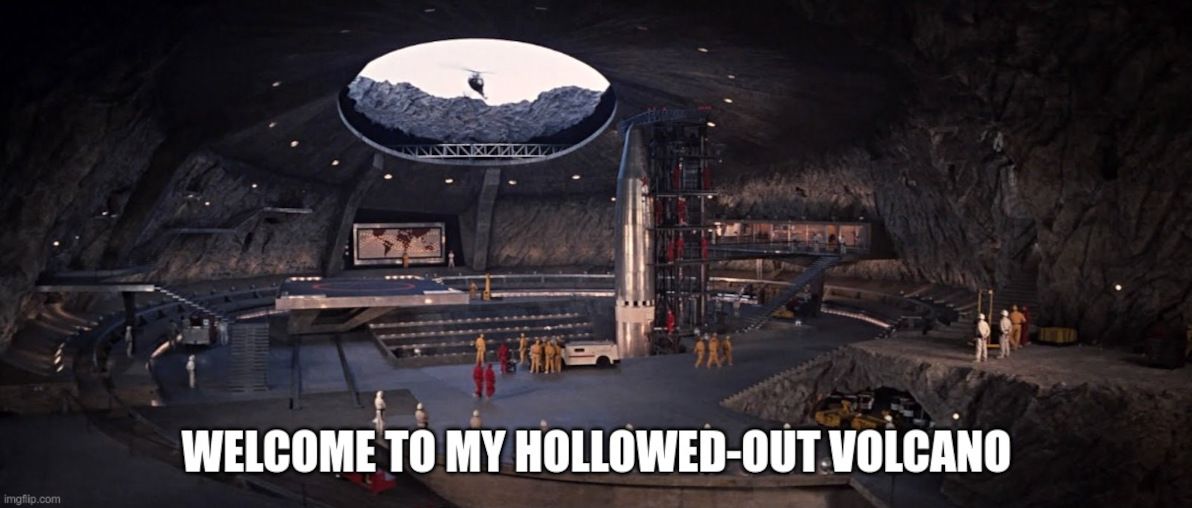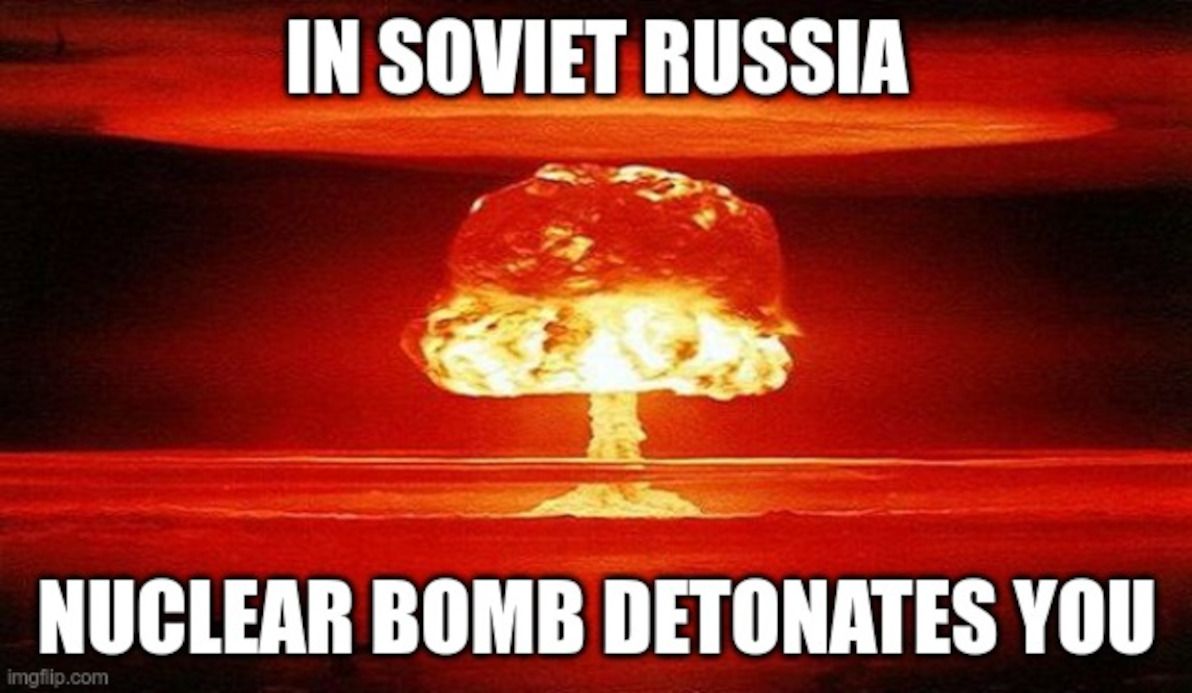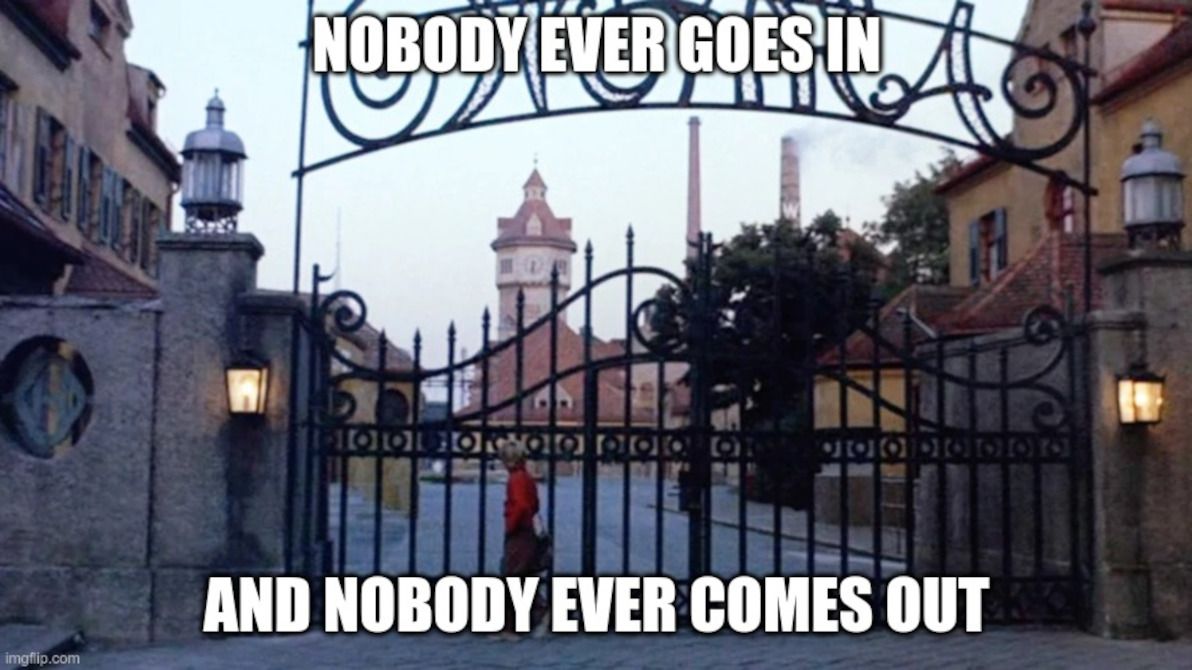
Image source: Legends Revealed
Amazingly, to this day – more than three decades after the fall of communism – this city of about 100,000 residents (and its surrounds, including the Mayak nuclear facility, which is ground zero) remains a "closed city", with entry forbidden to all non-authorised personnel.
And, apart from being enclosed by barbed wire, it appears to also be enclosed in a time bubble, with the locals still routinely parroting the Soviet propaganda that labelled them "the nuclear shield and saviours of the world"; and with the Soviet-era pact still effectively in place that, in exchange for their loyalty, their silence, and a not-un-unhealthy dose of radiation, their basic needs (and some relative luxuries to boot) are taken care of for life.

Image source: Google Maps
So, as I said, there's very little information available on Ozersk, because to this day: it remains forbidden for virtually anyone to enter the area; it remains forbidden for anyone involved to divulge any information; and it remains forbidden to take photos / videos of it, or to access any documents relating to it. For over three decades, it had no name and was marked on no maps; and honestly, it seems like that might as well still be the case.

Image source: imgflip
Frankly, even had the 1957 explosion not occurred, the area would still be horrendously contaminated. Both before and after that incident, they were dumping enormous quantities of unadulterated radioactive waste directly into the water bodies in the vicinity, and indeed, they continue to do so, to this day. It's astounding that anyone still lives there – especially since, ostensibly, you know, Russians are able to live where they choose these days.

Image source: imgflip
As far as I can gather, from the available sources, most of the present-day residents of Ozersk are the descendants of those who were originally forced to go and live there in Stalin's time. And, apparently, most people who have been born and raised there since the fall of the USSR, choose to stay, due to: family ties; the government continuing to provide for their wellbeing; ongoing patriotic pride in fulfilling their duty; fear of the big bad world outside; and a belief (foolhardy or not) that the health risks are manageable. It's certainly possible that there are more sinister reasons why most people stay; but then again, in my opinion, it's not implausible that no outright threats or prohibitions are needed, in order to maintain the status quo.

Image source: Wonkapedia
Only one insider appears to have denounced the whole spectacle in recent history: lifelong resident Nadezhda Kutepova, who gave an in-depth interview with Western media several years ago. Kutepova fled Ozersk, and Russia, after threats were made against her, due to her campaigning to expose the truth about the prevalence of radiation sickness in her home town.
And only one outsider appears to have ever gotten in covertly, lived, and told the tale: Samira Goetschel, who produced City 40, the world's only documentary about life in Ozersk (the film features interview footage with Kutepova, along with several other Ozersk locals). Honestly, life inside North Korea has been covered more comprehensively than this.

Image source: imgflip
Considering how things are going in Putin's Russia, I don't imagine anything will be changing in Ozersk for a long time yet. Looks like business as usual – utterly trash the environment, manufacture dodgy nuclear stuff, maintain total secrecy, brainwash the locals, cause sickness and death – is set to continue indefinitely.
You can find much more in-depth information, in many of the articles and videos that I've linked to. Anyway, in a nutshell, Ozersk: you've never been there, and you'll never be able to go there, even if you wanted to. Which you don't. Now, please forget everything you've just read. This article will self-destruct in five seconds.
]]>